Home>Furniture & Design>Bathroom Accessories>How Often Are You Supposed To Change Your Toothbrush
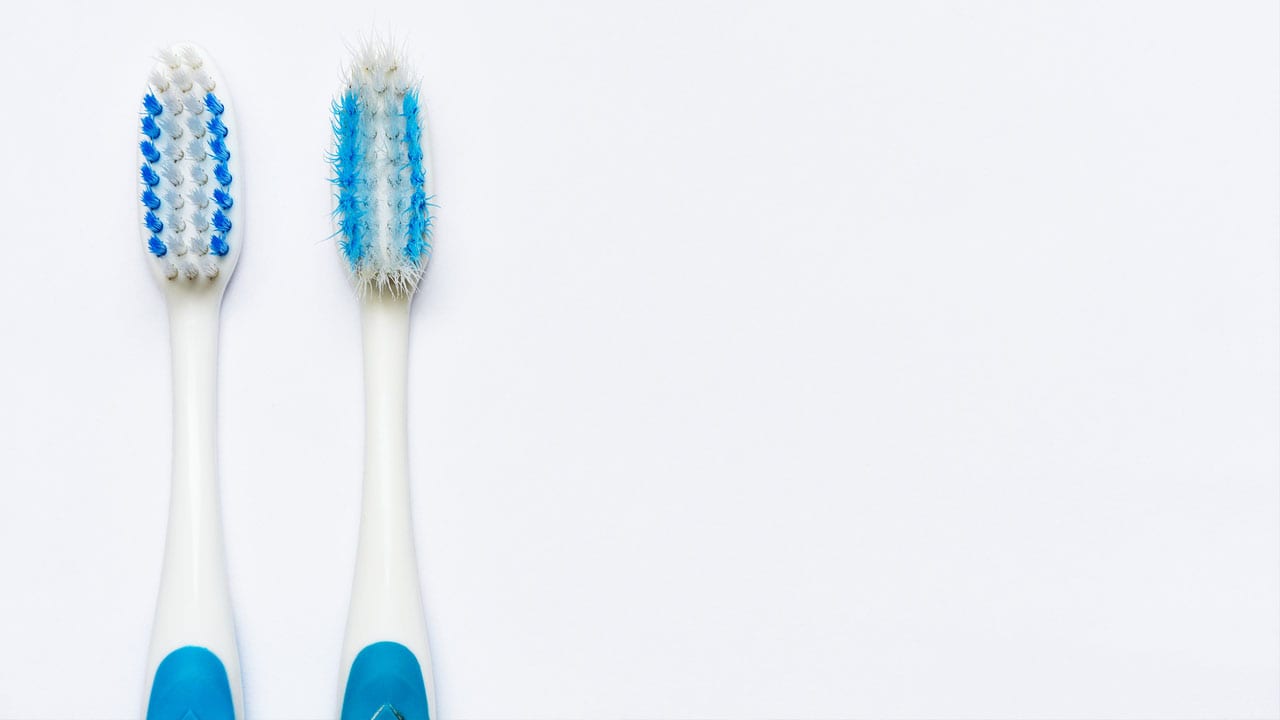

Bathroom Accessories
How Often Are You Supposed To Change Your Toothbrush
Modified: August 16, 2024
Discover the best practices for changing your toothbrush regularly to maintain good oral hygiene. Find out more about bathroom accessories and dental care tips.
(Many of the links in this article redirect to a specific reviewed product. Your purchase of these products through affiliate links helps to generate commission for Storables.com, at no extra cost. Learn more)
Introduction
Maintaining good oral hygiene is essential for overall health, and one of the fundamental aspects of oral care is regularly changing your toothbrush. While it may seem like a mundane task, the frequency of replacing your toothbrush can significantly impact your dental health. A toothbrush is a tool we use every day, and its effectiveness diminishes over time. Therefore, understanding when and how often to change your toothbrush is crucial for maintaining optimal oral hygiene.
In this article, we will delve into the factors to consider when determining the lifespan of your toothbrush, the signs that indicate it's time for a replacement, and the recommended frequency for changing your toothbrush. Additionally, we will provide practical tips for maintaining your toothbrush to ensure it remains effective and hygienic.
Understanding the importance of changing your toothbrush and implementing the appropriate practices can contribute to a healthier smile and reduce the risk of dental issues. Let's explore the nuances of toothbrush maintenance and replacement to empower you with the knowledge needed to make informed decisions about your oral care routine.
Key Takeaways:
- Regularly changing your toothbrush, about every 3-4 months, keeps your teeth clean and healthy. Look out for signs like frayed bristles and discoloration to know when it’s time for a new one.
- To maintain a clean toothbrush, rinse it well, let it air dry, and store it upright. Keep an eye out for wear and tear, and replace it if you notice any signs of damage or lingering odor.
Factors to Consider
When evaluating the lifespan of your toothbrush, several factors come into play, influencing the need for a replacement. Understanding these factors can help you make informed decisions about when to change your toothbrush.
-
Bristle Condition: The condition of the bristles is a primary indicator of your toothbrush's effectiveness. Over time, bristles can become frayed, worn, or splayed, diminishing their ability to clean your teeth adequately. If you notice significant wear or deformation of the bristles, it's a clear sign that your toothbrush needs to be replaced.
-
Usage Frequency: The frequency with which you use your toothbrush impacts its longevity. Individuals who brush their teeth more frequently, such as after every meal, may need to replace their toothbrushes more often than those who adhere to the standard brushing routine of twice a day. Additionally, vigorous brushing or applying excessive pressure can accelerate bristle wear, necessitating more frequent replacements.
-
Illness or Infection: If you've been sick, particularly with an infectious illness, it's crucial to replace your toothbrush once you've recovered. Bacteria and germs can linger on the bristles, potentially leading to reinfection or the spread of harmful pathogens. Therefore, it's advisable to err on the side of caution and replace your toothbrush after an illness.
-
Storage Environment: The environment in which you store your toothbrush can impact its longevity and cleanliness. Proper airflow and drying are essential to prevent the accumulation of moisture, which can foster the growth of bacteria and mold on the bristles. Additionally, keeping your toothbrush in close proximity to other brushes can lead to cross-contamination, warranting more frequent replacements.
-
Family Sharing: If multiple family members share a toothbrush holder or storage space, there is a higher likelihood of cross-contamination. In such cases, it's important to monitor the condition of the toothbrushes regularly and replace them as needed to maintain optimal hygiene.
Considering these factors can help you assess the condition of your toothbrush and determine whether it's time for a replacement. By being mindful of these elements, you can ensure that your oral care routine remains effective and conducive to maintaining good dental health.
Signs it's Time to Change Your Toothbrush
Recognizing the signs that indicate it's time to change your toothbrush is crucial for maintaining optimal oral hygiene. By being attentive to these indicators, you can ensure that your toothbrush remains effective in keeping your teeth clean and healthy. Here are the key signs to watch for:
-
Bristle Wear: The condition of the bristles is a primary indicator of your toothbrush's effectiveness. Over time, the bristles can become frayed, worn, or splayed, diminishing their ability to clean your teeth adequately. If you notice that the bristles are no longer straight and firm, it's a clear sign that your toothbrush needs to be replaced.
-
Discoloration: Over time, the bristles of your toothbrush may start to show signs of discoloration, indicating the accumulation of debris, bacteria, and other impurities. If you notice a change in the color of the bristles, particularly if they appear yellowed or darkened, it's a strong indication that your toothbrush is no longer hygienic and should be replaced.
-
Frayed or Bent Bristles: Inspect the bristles closely for any signs of fraying or bending. When the bristles lose their straight and uniform shape, they become less effective at reaching and cleaning the surfaces of your teeth. If you observe significant wear, deformation, or irregularities in the bristles, it's time to bid farewell to your old toothbrush.
-
Lingering Odor: A persistent unpleasant odor emanating from your toothbrush is a clear sign that it has accumulated bacteria and other microorganisms. Even with regular rinsing, bacteria can thrive in the bristles, leading to an unpleasant smell. If your toothbrush continues to emit a foul odor despite thorough cleaning, it's a strong indication that it needs to be replaced.
-
Illness or Infection: If you've been sick, particularly with an infectious illness, it's crucial to replace your toothbrush once you've recovered. Bacteria and germs can linger on the bristles, potentially leading to reinfection or the spread of harmful pathogens. Therefore, it's advisable to err on the side of caution and replace your toothbrush after an illness.
By being mindful of these signs, you can proactively assess the condition of your toothbrush and determine when it's time for a replacement. Regularly inspecting your toothbrush for these indicators will help you maintain a high standard of oral hygiene and ensure that your dental care routine remains effective and beneficial to your overall health.
You should change your toothbrush every 3-4 months, or sooner if the bristles are frayed. This helps ensure effective cleaning and prevents bacteria buildup.
Frequency of Changing Your Toothbrush
Determining the frequency at which you should change your toothbrush is essential for maintaining optimal oral hygiene. While there is no one-size-fits-all answer, several guidelines can help you establish a suitable replacement schedule. The American Dental Association (ADA) recommends replacing your toothbrush approximately every three to four months. This timeframe aligns with the natural wear and tear that occurs as you use your toothbrush consistently.
However, it's important to note that individual circumstances may warrant more frequent replacements. Factors such as vigorous brushing, sharing a toothbrush holder with family members, or recovering from an illness can accelerate the deterioration of your toothbrush's effectiveness and hygiene. In such cases, it's advisable to err on the side of caution and replace your toothbrush sooner to ensure that your oral care routine remains optimal.
Furthermore, if you notice any of the signs indicating that your toothbrush is no longer effective or hygienic, such as bristle wear, discoloration, or lingering odor, it's crucial to replace your toothbrush promptly, regardless of the elapsed time since your last replacement. Being attentive to these indicators and proactively addressing them can significantly contribute to maintaining good oral health.
For individuals with compromised immune systems or specific dental conditions, such as gum disease or oral infections, more frequent toothbrush replacements may be necessary to minimize the risk of bacterial contamination and reinfection. Consulting with your dentist can provide valuable insights into the most suitable replacement frequency based on your unique oral health needs.
In addition to regular replacements, it's essential to practice proper toothbrush maintenance to prolong its effectiveness and hygiene. Rinsing your toothbrush thoroughly after each use, allowing it to air dry in an upright position, and storing it in an open area to promote airflow can help prevent the accumulation of bacteria and mold on the bristles, extending its lifespan and ensuring its cleanliness.
By adhering to the recommended replacement timeframe, being mindful of individual factors that may necessitate more frequent replacements, and maintaining proper toothbrush hygiene, you can uphold a high standard of oral care and contribute to the overall health of your teeth and gums. Understanding the nuances of toothbrush replacement frequency empowers you to make informed decisions that support a healthy and effective oral care routine.
Tips for Maintaining Your Toothbrush
Proper maintenance of your toothbrush is essential for ensuring its effectiveness and hygiene. By implementing the following tips, you can prolong the lifespan of your toothbrush and optimize its ability to keep your teeth clean and healthy.
-
Thorough Rinsing: After each use, thoroughly rinse your toothbrush under running water to remove any remaining toothpaste, food particles, and saliva. Rinsing the bristles helps eliminate debris and bacteria, preventing their accumulation between the bristles.
-
Air Drying: Allow your toothbrush to air dry in an upright position. Placing it in an open area with sufficient airflow facilitates the evaporation of moisture, reducing the risk of bacterial growth. Avoid covering or storing your toothbrush in a closed container, as this can promote the proliferation of microorganisms.
-
Avoiding Contact: To prevent cross-contamination, avoid allowing the bristles of your toothbrush to come into contact with other toothbrushes during storage. Maintaining separation between toothbrushes reduces the risk of transferring bacteria and germs between them.
-
Replacing the Cap: If your toothbrush has a cap or cover, ensure that it is clean and dry before placing it over the bristles. Additionally, regularly clean the cap to prevent the accumulation of bacteria. If possible, opt for a cap that allows for ventilation to promote airflow around the bristles.
-
Regular Cleaning: Periodically clean your toothbrush handle to remove any residue or buildup. Gently scrub the handle with water and mild soap, then rinse it thoroughly. Keeping the handle clean contributes to overall toothbrush hygiene.
-
Storage Considerations: Store your toothbrush in an upright position to allow for proper drainage and drying. Avoid storing it in a confined space or in close proximity to other items, as this can impede airflow and promote the retention of moisture.
-
Replacing as Needed: Regularly inspect your toothbrush for signs of wear, deformation, or discoloration. If you notice any of these indicators, promptly replace your toothbrush to maintain optimal oral hygiene.
By incorporating these maintenance practices into your oral care routine, you can ensure that your toothbrush remains effective, clean, and conducive to maintaining good dental health. Implementing these tips not only extends the lifespan of your toothbrush but also contributes to the overall efficacy of your oral care regimen.
Conclusion
Maintaining a healthy and effective oral care routine encompasses various aspects, and the regular replacement of your toothbrush is a fundamental component of this regimen. By understanding the factors that influence the lifespan of your toothbrush, recognizing the signs that indicate it's time for a replacement, and establishing a suitable frequency for changing your toothbrush, you can actively contribute to the overall health of your teeth and gums.
The importance of replacing your toothbrush at the appropriate intervals cannot be overstated. Over time, the bristles of your toothbrush undergo wear and tear, diminishing their ability to effectively clean your teeth and remove plaque and debris. Additionally, the accumulation of bacteria and microorganisms on the bristles can compromise the hygiene of your toothbrush, potentially leading to oral health issues. By adhering to the recommended replacement timeframe, which typically ranges from three to four months, you can ensure that your toothbrush remains effective and conducive to maintaining optimal oral hygiene.
Furthermore, being attentive to the signs that indicate it's time to change your toothbrush, such as bristle wear, discoloration, and lingering odor, empowers you to proactively address any decline in your toothbrush's effectiveness and cleanliness. By regularly inspecting your toothbrush for these indicators, you can take proactive measures to maintain a high standard of oral care and minimize the risk of dental issues associated with an outdated or unsanitary toothbrush.
In addition to understanding when and how often to change your toothbrush, implementing proper maintenance practices is essential for prolonging its effectiveness and hygiene. Thorough rinsing, proper air drying, and storage considerations play a crucial role in preserving the cleanliness and functionality of your toothbrush. By incorporating these maintenance tips into your oral care routine, you can maximize the lifespan of your toothbrush and optimize its ability to contribute to your overall dental health.
In conclusion, the regular replacement and maintenance of your toothbrush are integral to a comprehensive oral care strategy. By staying informed about the factors influencing toothbrush lifespan, recognizing the signs that indicate a need for replacement, and implementing proper maintenance practices, you can uphold a high standard of oral hygiene and contribute to the long-term health and vitality of your teeth and gums. Embracing these practices empowers you to take proactive steps toward maintaining a healthy and radiant smile.
Frequently Asked Questions about How Often Are You Supposed To Change Your Toothbrush
Was this page helpful?
At Storables.com, we guarantee accurate and reliable information. Our content, validated by Expert Board Contributors, is crafted following stringent Editorial Policies. We're committed to providing you with well-researched, expert-backed insights for all your informational needs.

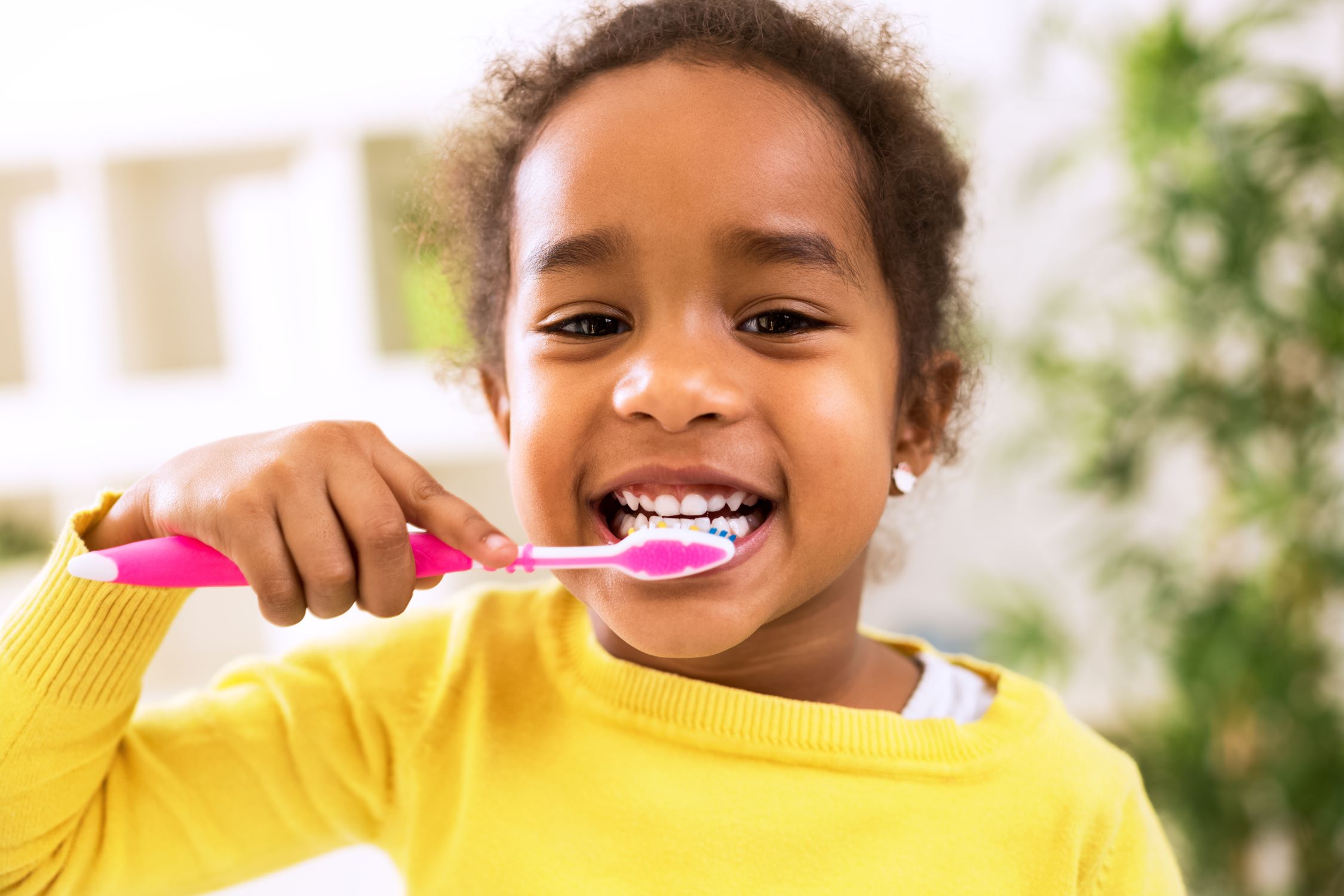

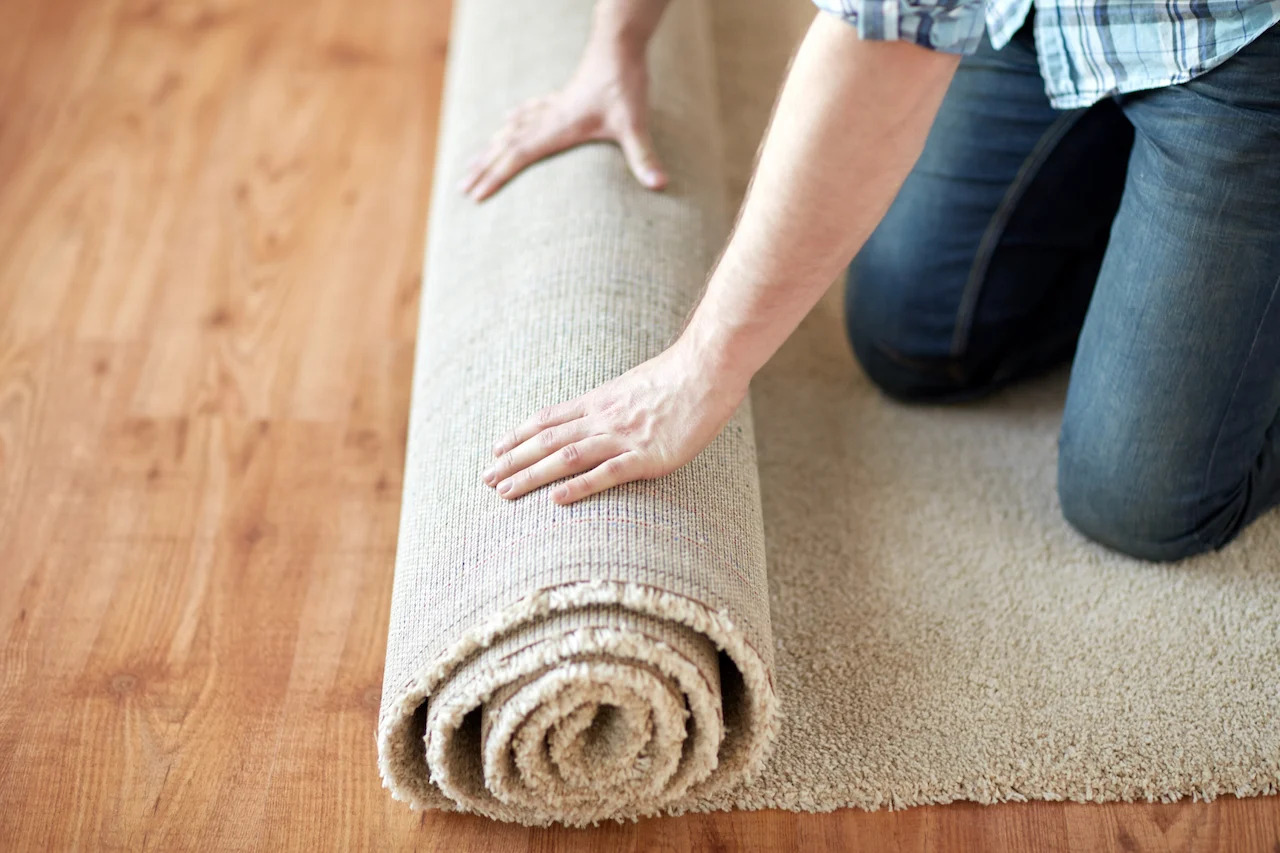


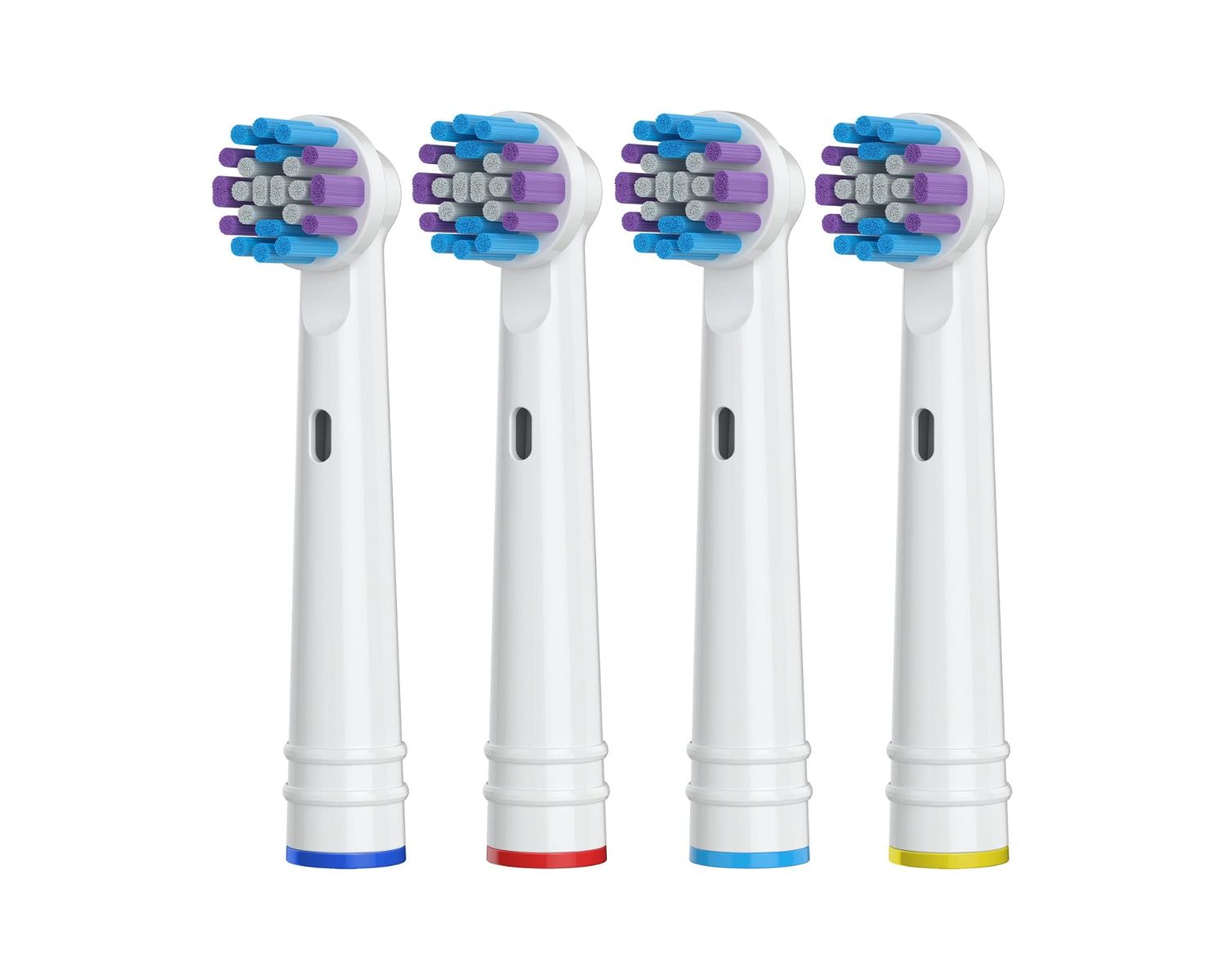

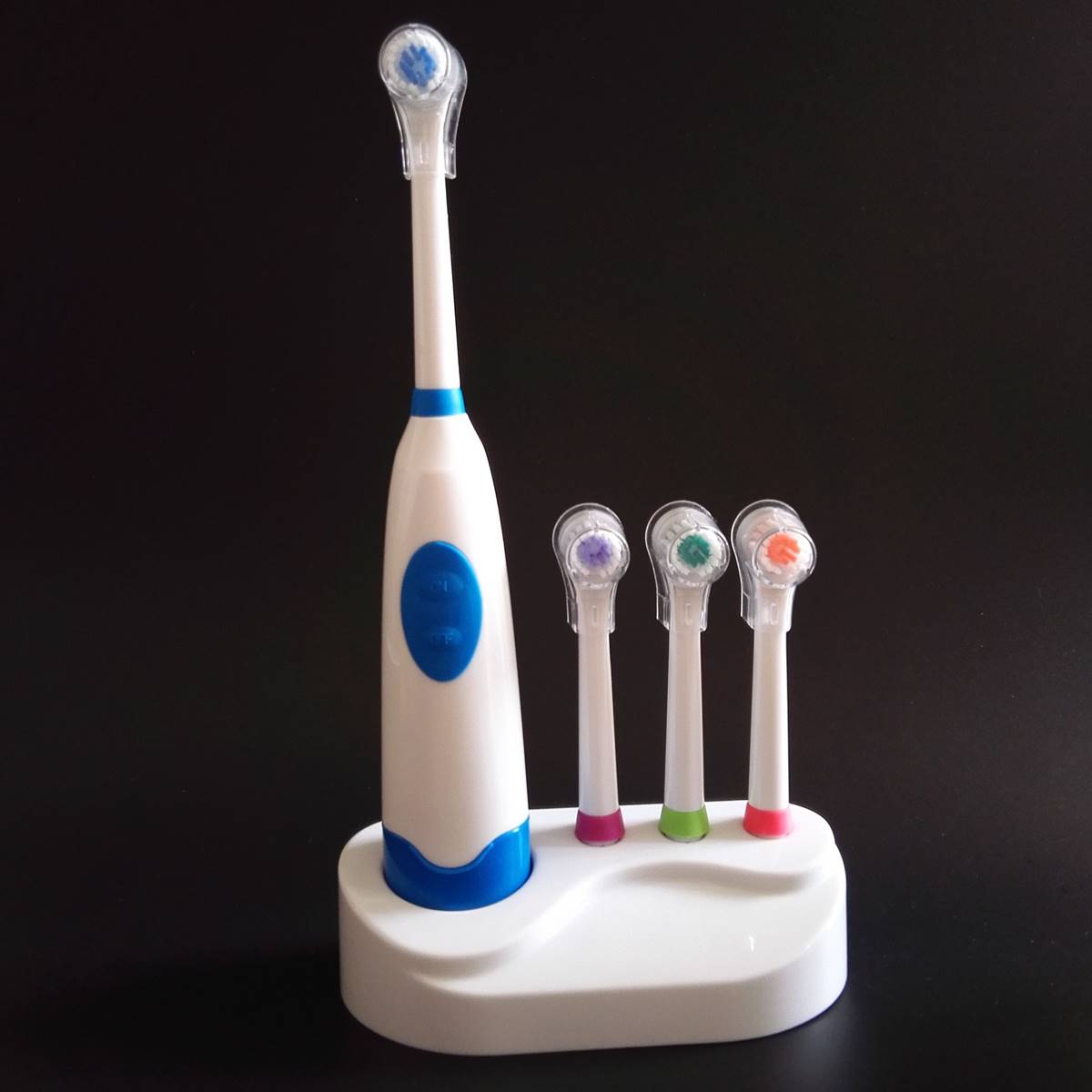
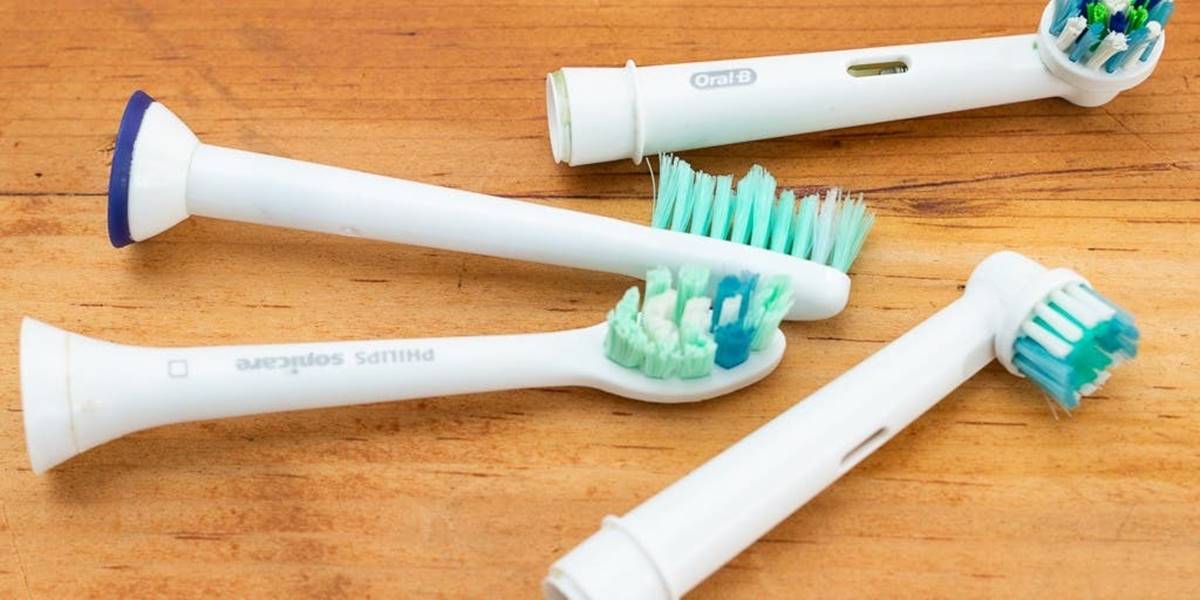

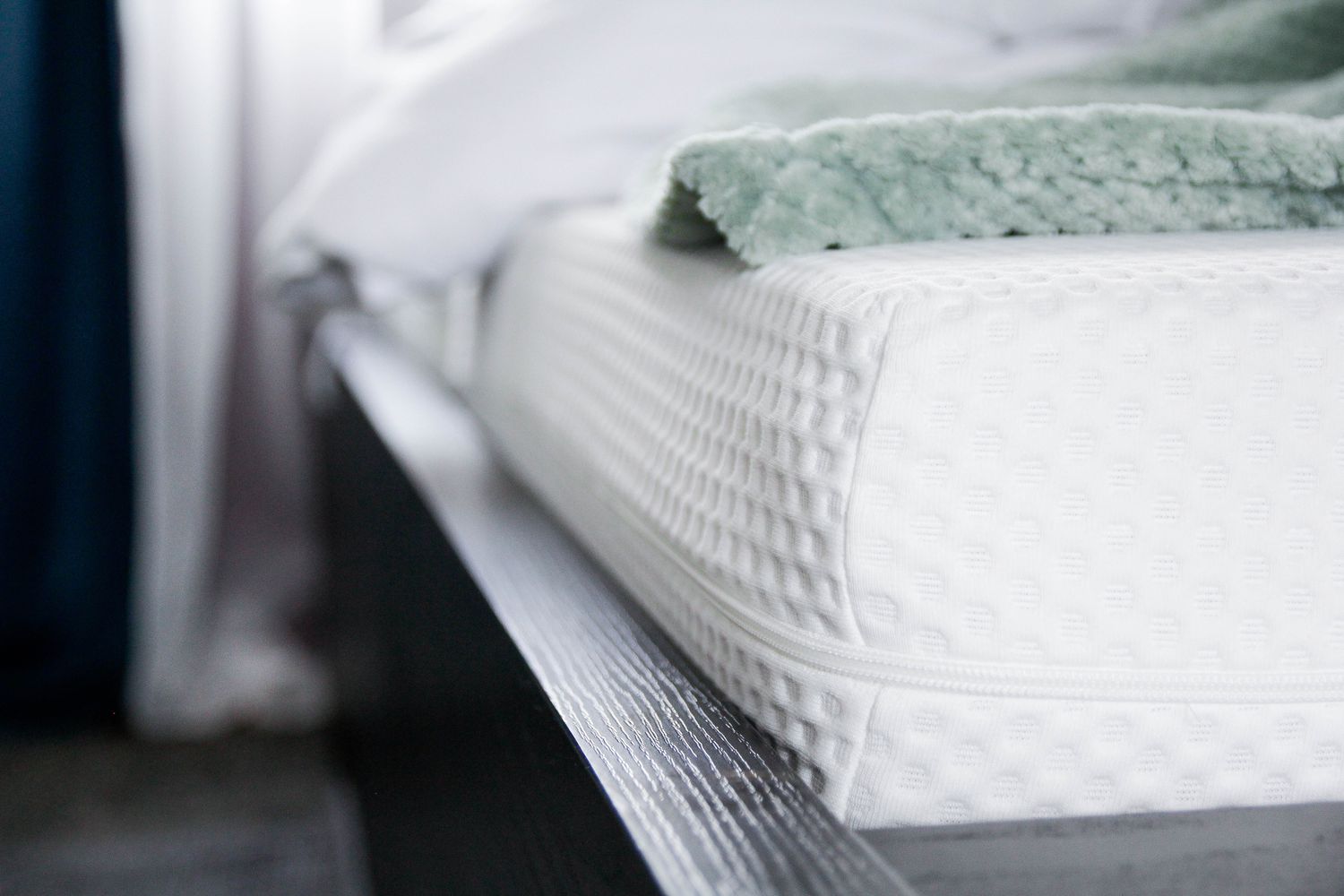
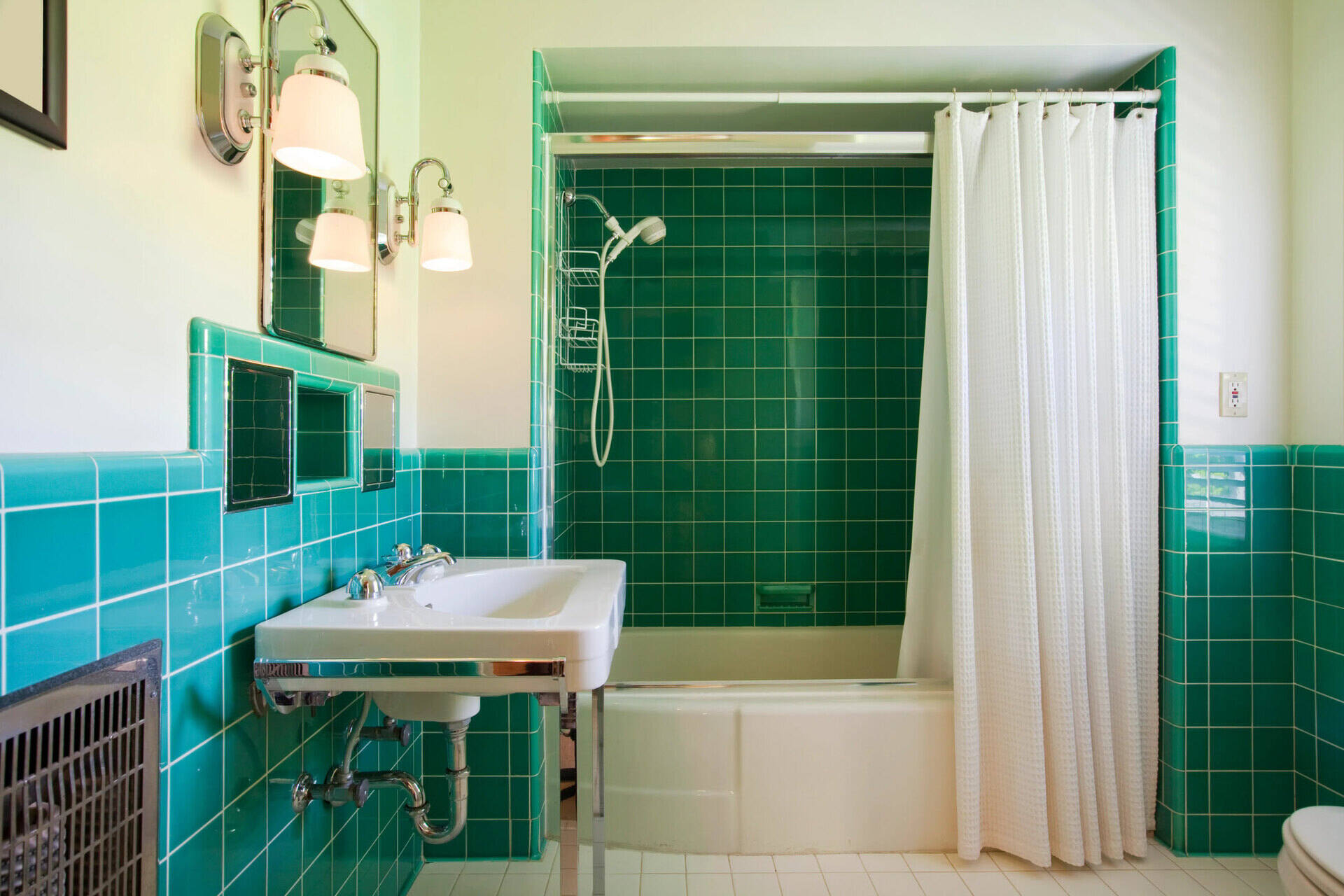
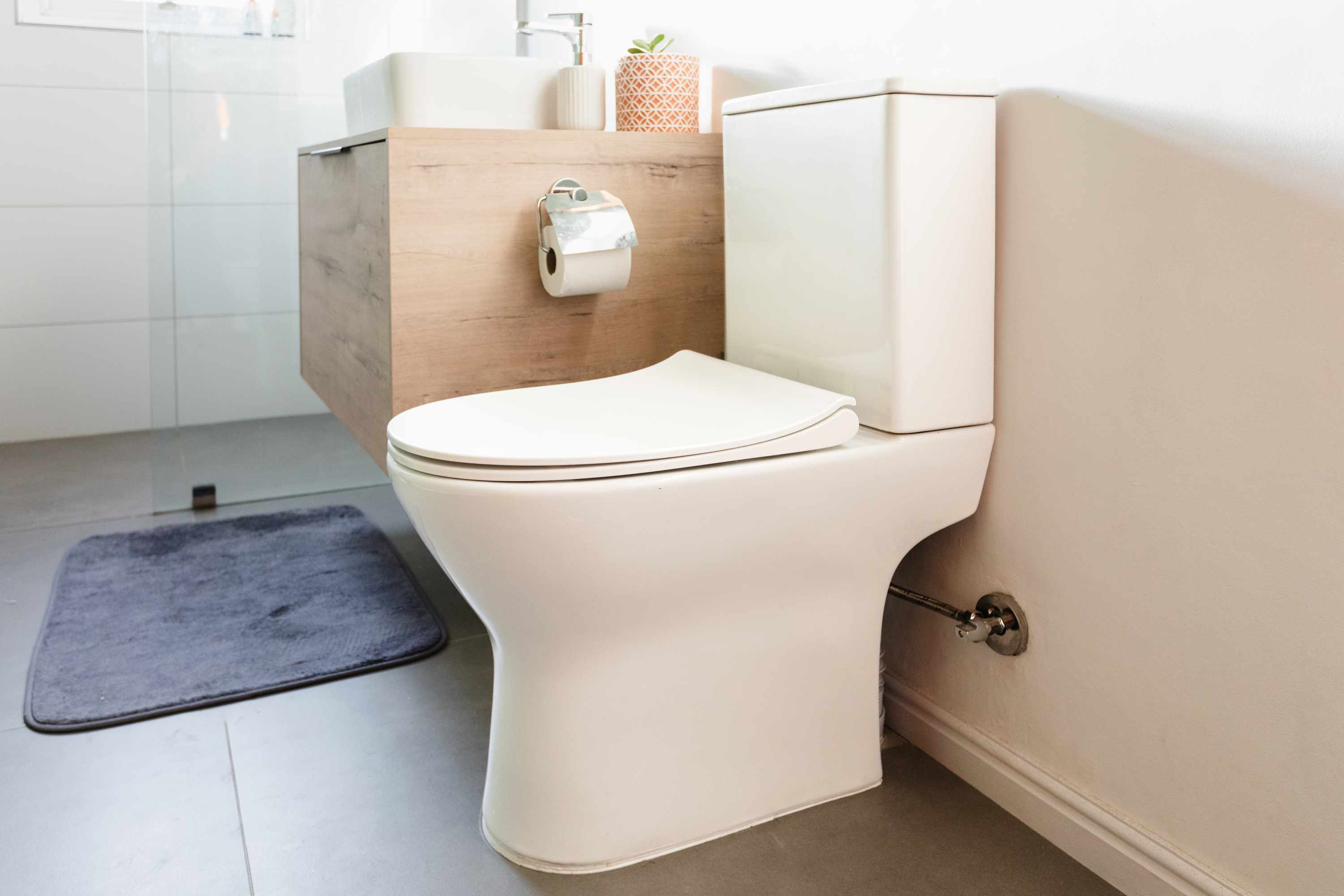

0 thoughts on “How Often Are You Supposed To Change Your Toothbrush”